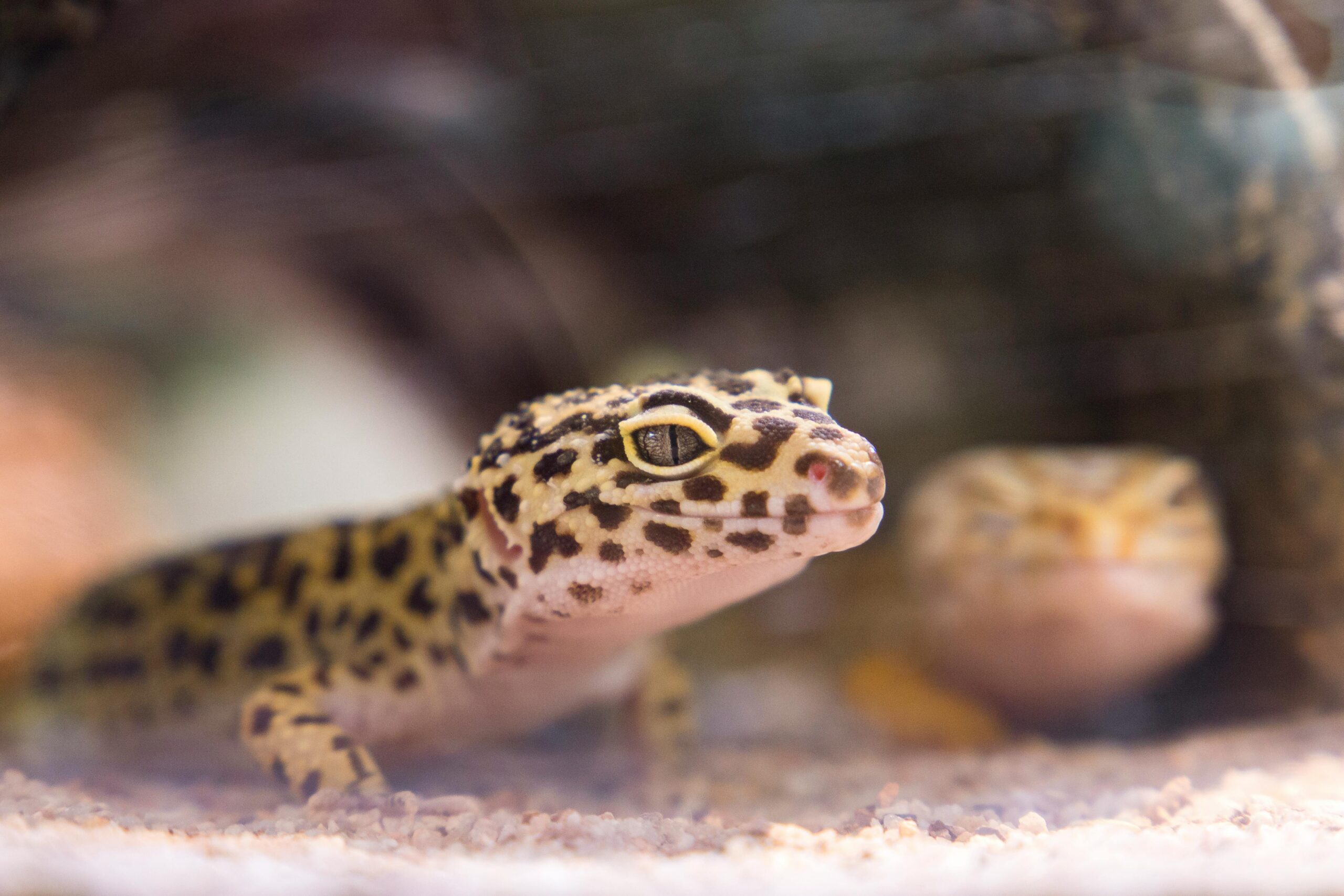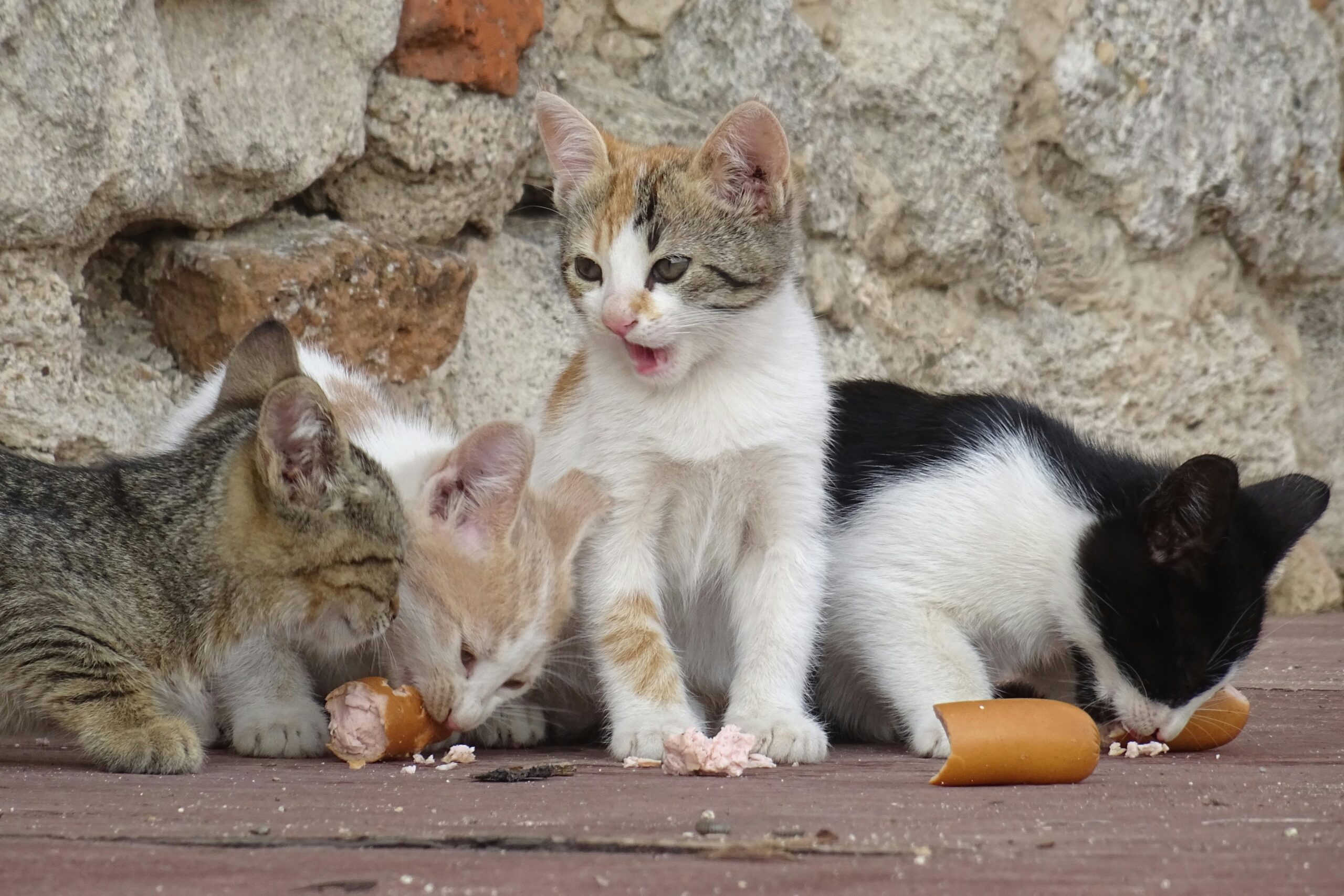Behavioral, social interaction, and care needs how temperaments of fennec foxes compare with domestic cats differences in domestic cats and fennec foxes represent a useful model. In any event, both types are wonderful associates, but the substantial variances in their histories thoroughly affect their relationship and interaction with their human protectors.
Overview of Domestic Cats
History and Social Structure
Datable to nearly 9,000 years ago, the relationship between temperaments of fennec foxes compare with domestic cats (Felis catus) and human civilization is thought to have happened in the Near East. Farming cultures have respected their hunting abilities ever since, which supports the control of rodents. Acknowledged for many years as symbols of aesthetic beauty and independence, they have evolved into valued acquaintances.
Since cats hunt alone, that largely affects their behavior. On the field, they commonly appear more territorial, putting forward their own areas for their hunt for both food and habitat. This independent nature can lead to a less-is-more attitude compared to social animals, but a great many cats also reveal affection and interactions that show bonding with their human caregivers.
They respect actions that are in line with their personality; they absorb sunlight or inspect the house at their own unhurried pace. To busy individuals or families, the appeal of autonomy may be strong.
Curiosity:
Curiosity is a natural trait for cats. Those who participate are clearly enthusiastic about discovering their environment by investigating novel topics and participating in enjoyable activities. This curiosity along with a craving for increased mental stimulation usually requires interactive toys and a quality playtime to finish the experience.
Affectionate Behaviors:
Many cats, while they can stand on their own, love having human interaction and will look for affection. Beside their bodies, they could sway, touch their legs, or even nestle into their laps. All cats are different in their individual personalities; a few are more outgoing than the rest.
Territoriality:
Cats are quite capable of being territorial. Scratching and scent marking, along with other actions, seem to be their routine means of deepening their territory. The arrival of a new pet could provoke either stress or anger in its environment.
Vocalization:
Cats generate sounds in order to relate to people and to other animals. The combination of low purring and high meowing conveys a variety of feelings, for example, contentment, a longing for food, or being in a situations that are uncomfortable.

Overview of Fennec Foxes
History and Social Structure
The smallest fox genus member, the fennec fox (Vulpes zerda), is a natural resident of the Sahara Desert. Their alluring faces, described by large ears and a small stature, make them notably attractive as unusual pets. Due to a lack of equal domestication history to that of cats, fennec foxes generally maintain behaviors and characteristics as those of their wild ancestors.
Found in the wild, fennec foxes usually comport themselves as family living together. Their social organization strongly affects their behavior and relations with people.
Temperament Traits
Social Nature:
Fennec foxes are, by their own nature, gregarious. They depend on relationship with their family members, consequently, relying on interaction with their human caregivers too. They have a reputation for building powerful relationships with their owners and may show a lot of affection.
Playfulness:
The foxes are very energetic, often playful. It takes a great deal of stimulation and exercise to keep them satisfied. Regardless of whether toys are involved or they’re just playing in a safe, closed area, fennec foxes love interactive play sharply.
Curiosity and Exploration:
Like their feline kin, fennec foxes show curiosity. They find a great deal of joy in watching their community, checking out new products, and occasionally making a ruckus. If this interest does not get the supervision it needs, it may create problems in the household.
Vocalization:
Fennec foxes use varied sounds to communicate, just as they are vocal animals. They use barking and whining like sounds to reflect their emotional state. Sometimes, their vocalizations can vary quite a bit from those of cats, often reminiscent of a dog’s sounds.
Territorial Behaviors:
When sensing an unwelcome invasion of their territory, fennec foxes engage in territorial behavior. In any case, they might show a lesser degree of territorial behavior than domestic cats, because their social organization usually advances a more communal way of living.
Important Variations in Temperament
1. Independence when pitted against Social Dependency
There is a marked variation in the degree of independence observed between domestic cats and fennec foxes. Keeping themselves amused for a while without specific engagement, is now possible for them. Those with an active way of life are drawn to this independence.
Unlike many species, fennec foxes flourish due to their social interaction. They play an expanded part in their interplay and stimulation. Ignoring them for a protracted time can make them either anxious or aggressive. On account of this quality, they are compatible with those owners willing to invest a lot of time in their care and social involvement.
2. Affection and Bonding
Even though both groups easily connect with their human companions, their conceptions of love differ quite a bit from one another. Domestic cats display love on their own conditions. When expressing their love, they often pat against you or rest on your lap, but they can equally be happy with some distance.Fennec foxes, on the contrary, generally have bold displays of affection. The opportunities for increasing could include hugging, licking, or shadowing their owners in how their behavior develops. Due to their social style, they regularly make searches for friendship and usually communicate more openly their desire for connection.





